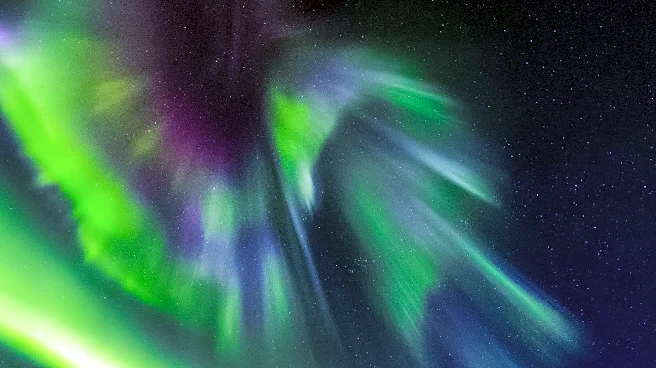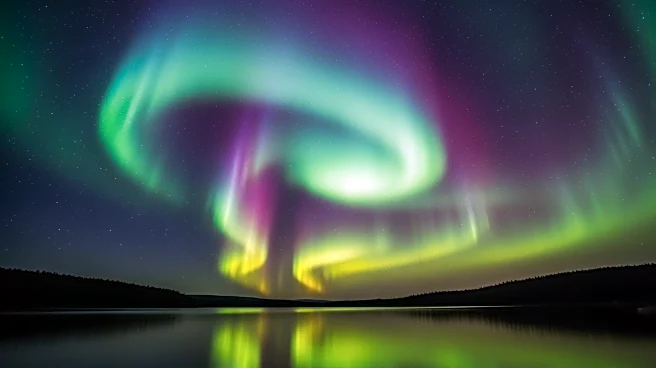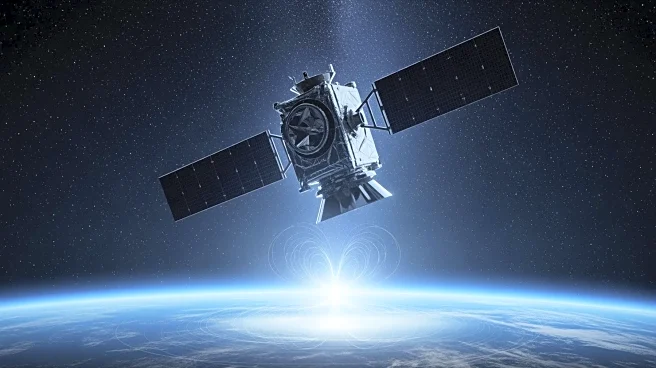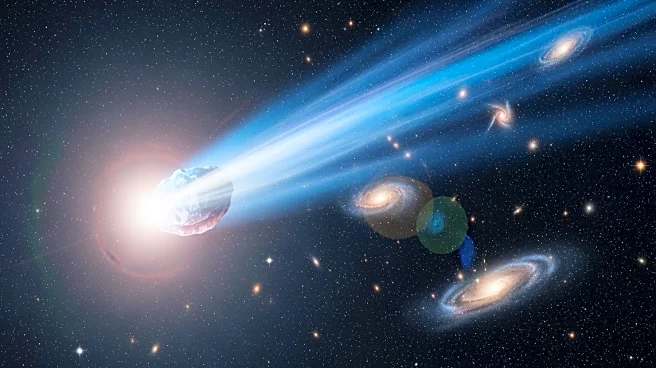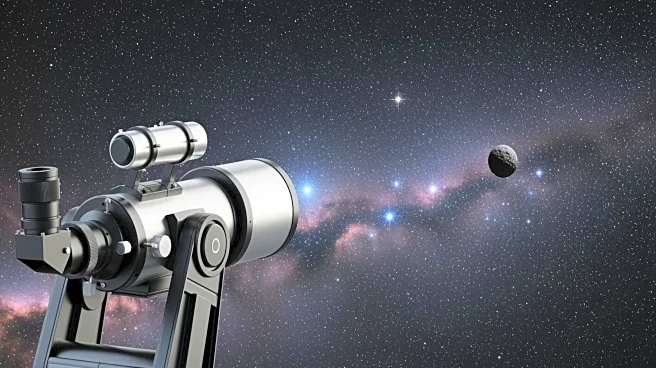What's Happening?
The Northern Lights, or aurora borealis, are expected to be more vibrant this winter as solar activity peaks. NASA has confirmed that the sun is reaching its maximum phase in its 11-year solar cycle, which
will last until March 2026. This increase in solar activity enhances the visibility of the auroras, providing a unique opportunity for observation and study. The phenomenon is caused by solar particles interacting with Earth's magnetic field, creating stunning light displays in the polar regions.
Why It's Important?
The heightened visibility of the Northern Lights presents a significant opportunity for tourism and scientific research. Regions known for aurora sightings may see an increase in visitors, boosting local economies. For scientists, the solar maximum offers a chance to study solar activity's effects on space weather, which can impact satellites, GPS systems, and power grids. Understanding these interactions is crucial for developing strategies to mitigate potential disruptions in technology and infrastructure.
